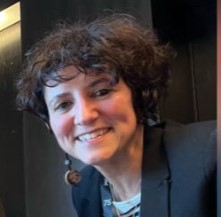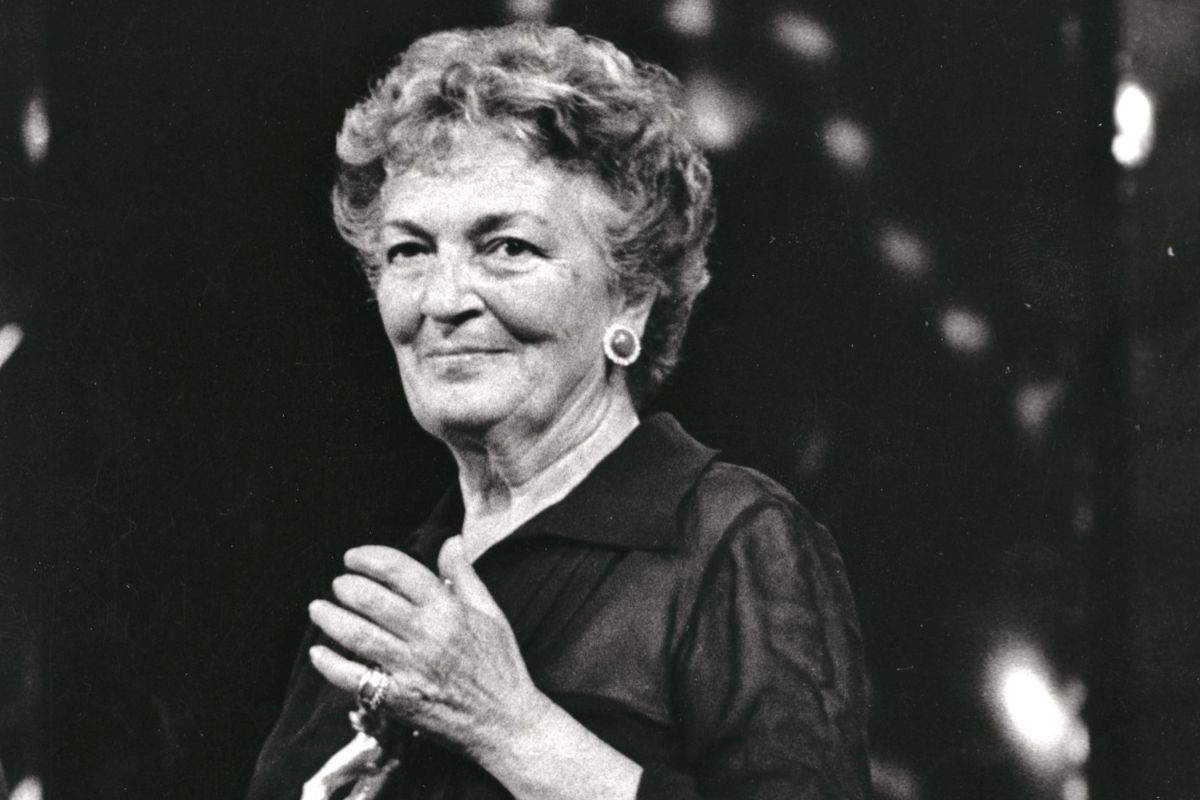
Published: : July 30, 2025, 03:25 PM

"I had always thought that, if there were a tutelary deity of cinema, it could be no one but her." Suso Cecchi D’Amico is Italian cinema—or at least, its finest part. She was the favoured pen of a season that now seems light-years away, a time when talent appeared to be a contagious disease, and script meetings might include Ennio Flaiano and Giorgio Bassani sitting next to a Roman lady—the daughter of the writer Emilio Cecchi.
A lady who came to screenwriting almost by chance, yet took it far—writing, side by side with directors, the masterpieces that still shape the history of cinema: from Senso by Luchino Visconti, shot in a twilight Venice, to Rocco and His Brothers, from Bellissima to The Leopard—all born from her collaboration with Visconti, whom she met in 1944 at the opening of an art exhibition.
To each of the giants of our cinema, she offered something of her unique sensibility: to Vittorio De Sica, the compassionate gaze upon the downtrodden found in Miracle in Milan and Bicycle Thieves; to Mario Monicelli, her irony, which still echoes in Let’s Hope It’s a Girl or Casanova ’70—a film that playfully inverts the stereotype of the Venetian seducer, with scenes set in the Teatro Olimpico of Vicenza.
Fifteen years after her death, Einaudi has decided to honor this pioneering woman—a precursor to the many female screenwriters (and directors) working in cinema today—by dedicating a monographic volume to her in the I Millenni series: Suso Cecchi d’Amico, The Good Fortune of Being a Woman. And Other Stories for Cinema (Einaudi, edited by Caterina d’Amico, Suso’s daughter, and Francesco Piccolo, with an introduction by Piccolo himself).
The book includes four screenplays (essential reading not just for film buffs or aspiring screenwriters, but also for anyone wanting to better understand the inner workings of cinema and storytelling), six story treatments, one hybrid treatment (between a synopsis and a screenplay), a character-focused narrative (on Nadia, from Rocco and His Brothers), and a letter to director Mikhalkov, in which the idea for Dark Eyes—a film starring her friend Marcello Mastroianni—is already present.
Suso had strong ties to Veneto, through several films and her frequent presence at the Venice Film Festival, including a memorable moment in 1954 when Senso, expected to win, lost the Golden Lion to Romeo and Juliet by Renato Castellani. One book that had great personal and professional significance for her was The History of My Life by Giacomo Casanova, which—as her daughter recounts—became the basis for the film Childhood, Vocation and Early Experiences of Giacomo Casanova, co-written with Luigi Comencini.
Caterina also recalls Suso’s deep love for painting: “If you say ‘Suso,’” writes Piccolo, “you can only mean her.”
Suso adored Venetian Renaissance painting, so rich in exotic elements, whether real or imagined—Giovanni Bellini, Vittore Carpaccio—those squares full of fairytale figures, dressed in exotic garments, precious fabrics, and inflated turbans.
She also wrote the screenplay for The Dark Evil by Giuseppe Berto, adapted into a film in 1990 by Mario Monicelli, shot partly in Saletto and Montagnana, in the province of Padua. And she co-wrote The Lady Without Camelias by Michelangelo Antonioni (1953), parts of which were shot in Venice—in the slightly reworked Sotoportego della Pasina and at the Hotel Bauer, where the protagonist, played by Lucia Bosè, vents to a producer about being valued only for her looks. This theme revisits the world of cinema, as in Bellissima by Visconti, where Anna Magnani starred alongside Walter Chiari from Verona, playing a sly schemer.
"The screenwriter," Suso used to say, "is not a writer; they are a filmmaker, and as such, must not chase words, but images. They must write with their eyes." And she did—she honestly wrote.